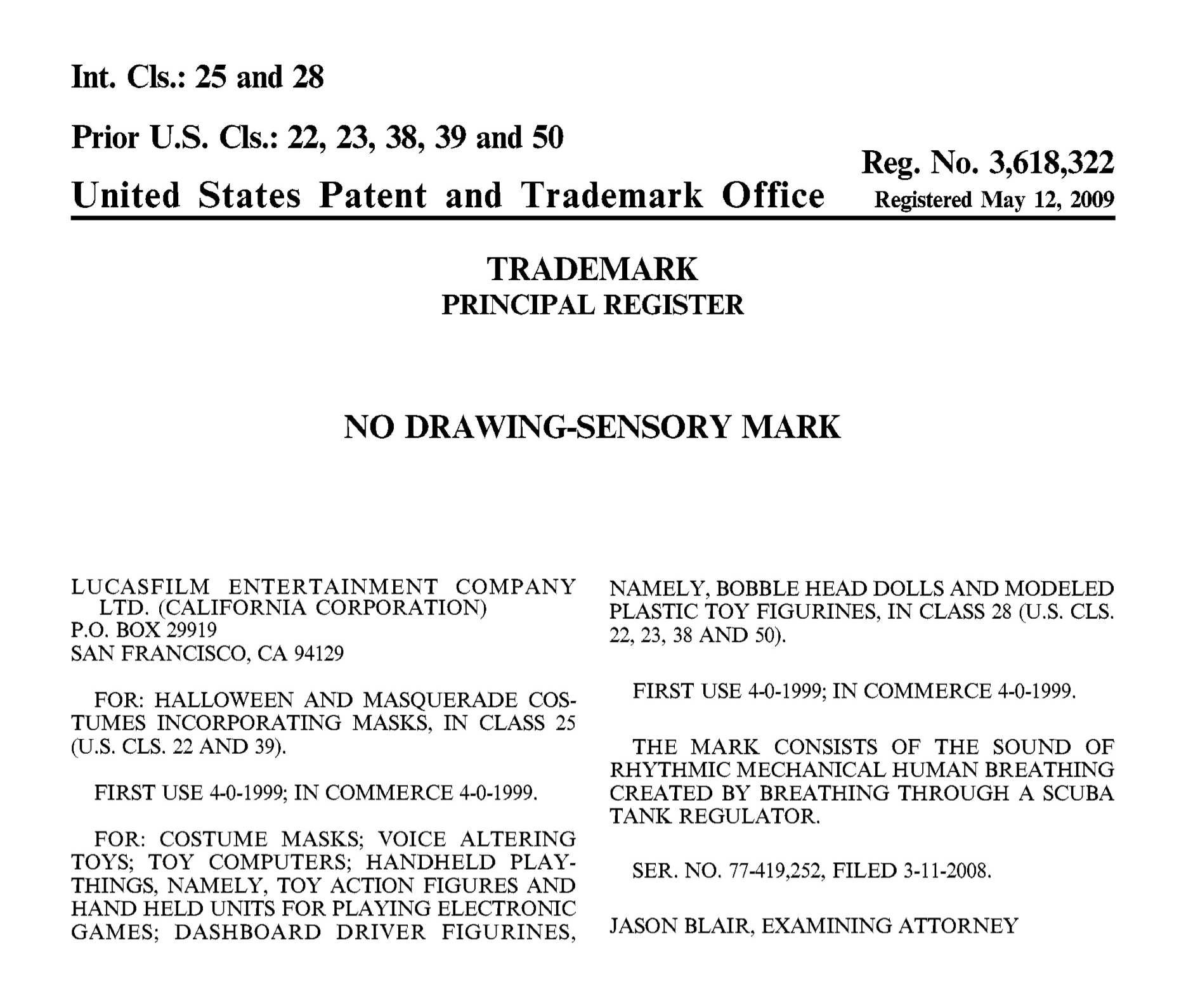The Rise of Greenwashing
JD Supra reports on the recent rise of “greenwashing” by the U.S. Patent and Trademark Office, the practice of subjecting applications for “green” trademarks with eco-friendly connotations to a higher level of scrutiny during examination. This additional scrutiny was prompted by the increasing association by the public of the term “green” with eco-friendly products and services, the consequently increasing use of the term “green” by brand owners to commercially exploit that association, and in turn, the consequently increasing number of consumer complaints about misleading or false claims of eco-friendliness by brand owners. In view of these developments, the number of refusals by the USPTO of marks incorporating the word “green” has also been increasing. In particular, applications for “green” marks are receiving more refusals based on either descriptiveness (for “green” marks used with products or services that are actually eco-friendly), or deceptiveness (for “green” marks used with products or services that are not actually eco-friendly). Since one argument for overcoming a descriptiveness refusal is that the mark is not actually descriptive (i.e., the “green” portion does not connote eco-friendliness, and thus is arguably deceptive), and one argument for overcoming a deceptiveness refusal is that the mark is not actually deceptive (i.e., the “green” portion does connote eco-friendliness, and thus is arguably descriptive), applicants for “green” marks face peril whether or not their products and/or services are actually eco-friendly. While descriptive and deceptive marks have long faced obstacles to registration, brand owners need to be especially mindful of the new challenges that greenwashing presents for “green” trademarks. Read the full article here.
Reposted from JD Supra.




![By Eric Pouhier (Own work) [CC-BY-SA-2.5 (http://creativecommons.org/licenses/by-sa/2.5)], via Wikimedia Commons.](https://images.squarespace-cdn.com/content/v1/539530d2e4b0e3021538f0db/1412875061072-JRNRGH6RZNRBL93361K4/image-asset.jpeg)



![By Tiia Monto (Own work) [CC-BY-SA-3.0 (http://creativecommons.org/licenses/by-sa/3.0)], via Wikimedia Commons.](https://images.squarespace-cdn.com/content/v1/539530d2e4b0e3021538f0db/1412358967210-PE81661KWB6FHZI1UYM6/3D_printer.jpg)
![By Trailer screenshot (The Prince and the Showgirl trailer) [Public domain], via Wikimedia Commons.](https://images.squarespace-cdn.com/content/v1/539530d2e4b0e3021538f0db/1412260738500-HQBS3BZJ3XZT8MJTKWG1/Movie_Trailer_Screenshot_1.jpg)

![By migster14 (originally posted to Flickr as Trinity) [CC-BY-2.0 (http://creativecommons.org/licenses/by/2.0)], via Wikimedia Commons.](https://images.squarespace-cdn.com/content/v1/539530d2e4b0e3021538f0db/1412094330660-MN6JGHDPE7OMB2CNWZA6/image-asset.jpeg)


![By broddi [CC-BY-SA-2.0 (http://creativecommons.org/licenses/by-sa/2.0)], via Wikimedia Commons.](https://images.squarespace-cdn.com/content/v1/539530d2e4b0e3021538f0db/1411741108483-84DDBDOA696I1NRR97PW/image-asset.jpeg)
![By Eve (Own work) [GFDL (http://www.gnu.org/copyleft/fdl.html) or CC-BY-SA-3.0 (http://creativecommons.org/licenses/by-sa/3.0/)], via Wikimedia Commons.](https://images.squarespace-cdn.com/content/v1/539530d2e4b0e3021538f0db/1411659319532-SHA11O48JTED8XE9PHKK/image-asset.jpeg)
![By 2bgr8 (File:Money Cash.jpg) [CC-BY-3.0 (http://creativecommons.org/licenses/by/3.0)], via Wikimedia Commons.](https://images.squarespace-cdn.com/content/v1/539530d2e4b0e3021538f0db/1411572663422-2WZKRROXPD0PR1NOJVWM/image-asset.jpeg)

![By flickr user dbking [CC-BY-2.0 (http://creativecommons.org/licenses/by/2.0)], via Wikimedia Commons.](https://images.squarespace-cdn.com/content/v1/539530d2e4b0e3021538f0db/1411505819265-NI9F4FO7MAOOGCHBYJK8/image-asset.jpeg)
![By walknboston (Flickr: Gavel) [CC-BY-2.0 (http://creativecommons.org/licenses/by/2.0)], via Wikimedia Commons.](https://images.squarespace-cdn.com/content/v1/539530d2e4b0e3021538f0db/1411402960079-Q4RR3FPYD9RE8XQFAP6I/image-asset.jpeg)

